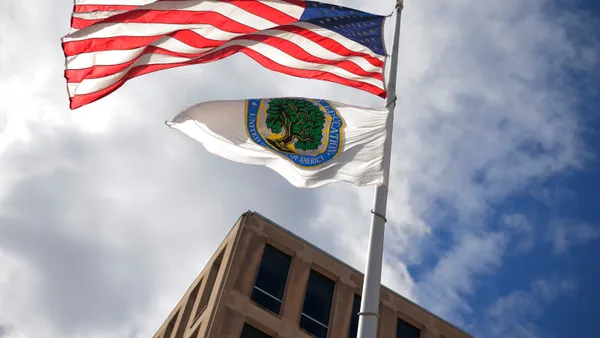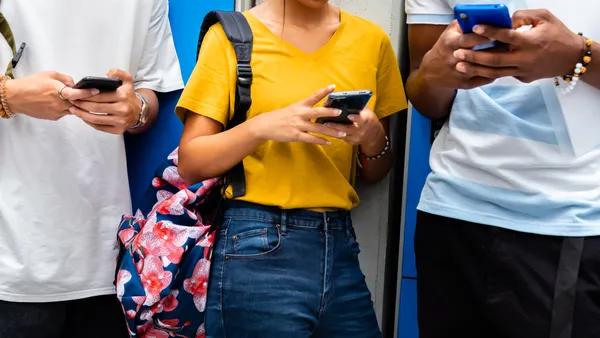Dive Brief:
- In a District Administration blog, Verletta White, interim superintendent of Baltimore County Public Schools, shares strategies for educational equity that her school district has used since the creation of its Office of Equity and Cultural Proficiency.
- Technology is a key component of equity, White says. The district began the Students and Teachers Accessing Tomorrow digital learning transformation and focused on intense individualized personal development for teachers regarding equity issues to help create a more supportive learning environment for students.
- Now in the fourth year of the equity initiative, the school district has seen gaps between student groups begin to close: the percentage of black students completing Algebra I with a B or higher has increased by nearly 5%, narrowing the racial gap by nearly 2%, and the graduation-rate gap between white and minority students has closed completely.
Dive Insight:
Educational equity is one of the biggest challenges facing public schools today. As schools strive to provide a rigorous standards-based education to all students, they are also tasked with meeting the individual needs students who come from a wide variety of cultural, racial or socio-economic backgrounds. While both the federal government and private entities have conducted extensive research on these issues, finding a solution that fits every school district is still a challenging task.
Most educators tend to agree that some form of personalized learning is key to the process. For many school systems, the solution lies in elaborate digital curricula such as the STAT system employed by Baltimore County Public Schools. This curriculum option, combined with intensive personal development for teachers, seems to be working well for that school district.
However, many school districts cannot afford to have an Office of Equity and Cultural Proficiency or to provide expensive high-tech options to all students. In essence, personalized learning is a concept that pre-dates modern technology in many respects.
Some schools are finding no-tech and low-tech approaches to personalized learning that can be adapted to cash-strapped classrooms. And, for some teachers, personalized learning depends on building relationships with students and treating each student with dignity. That is a solution for educational equity that all school districts can afford.











